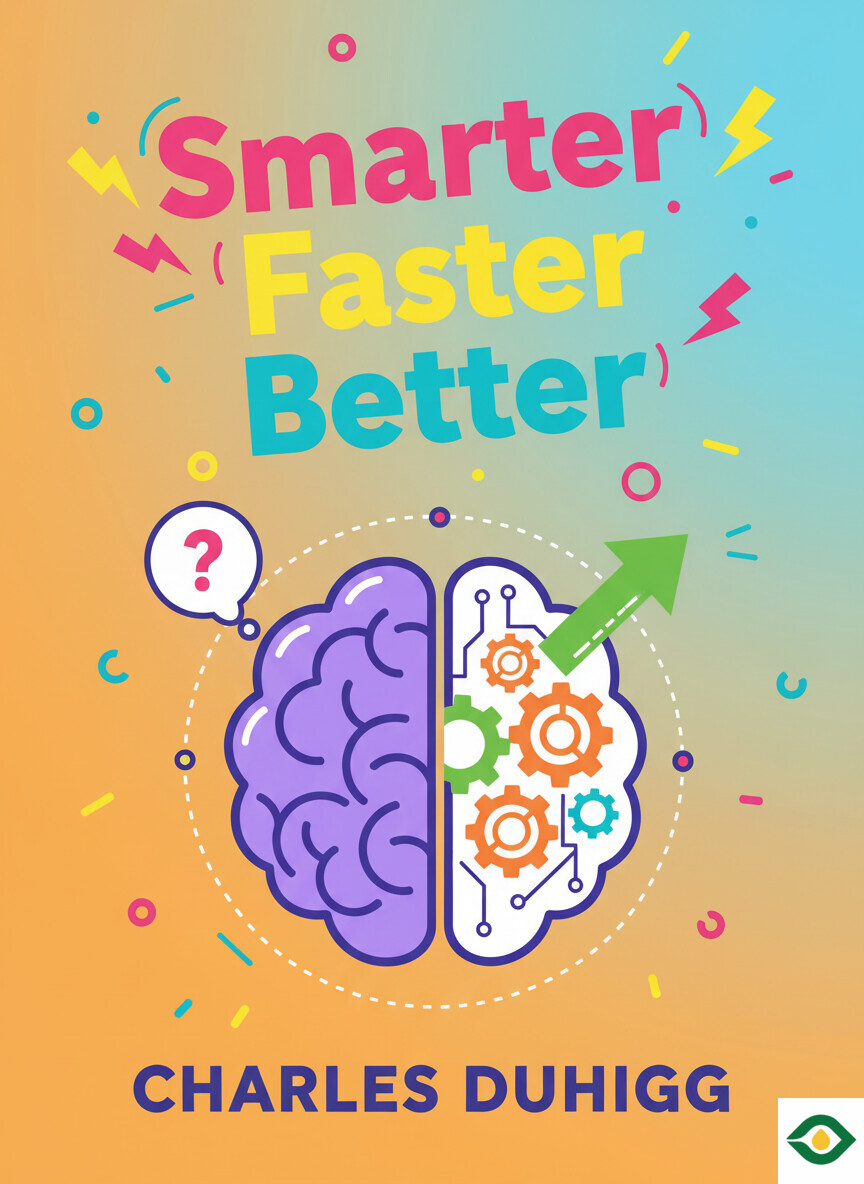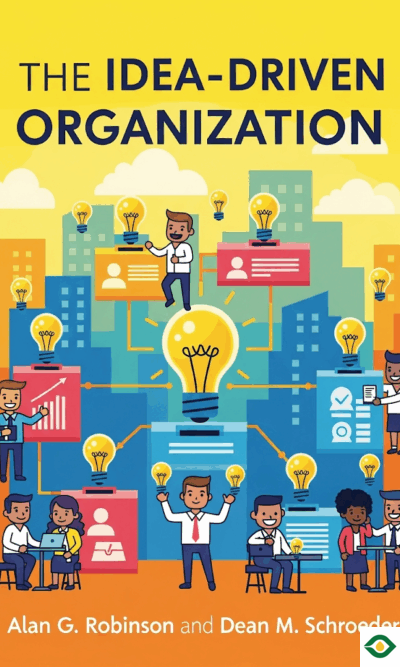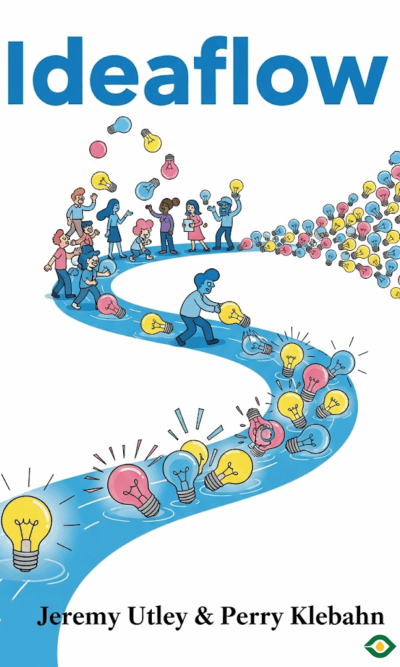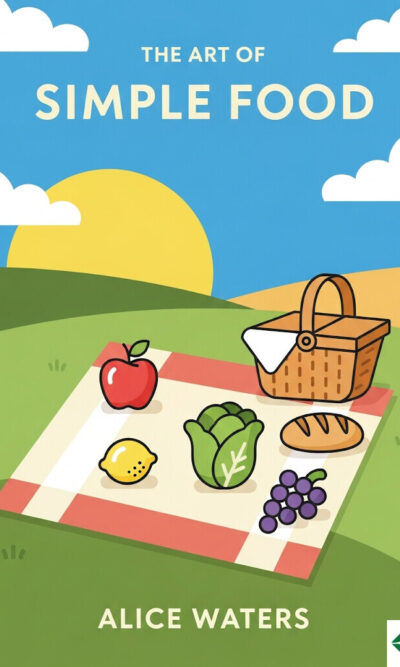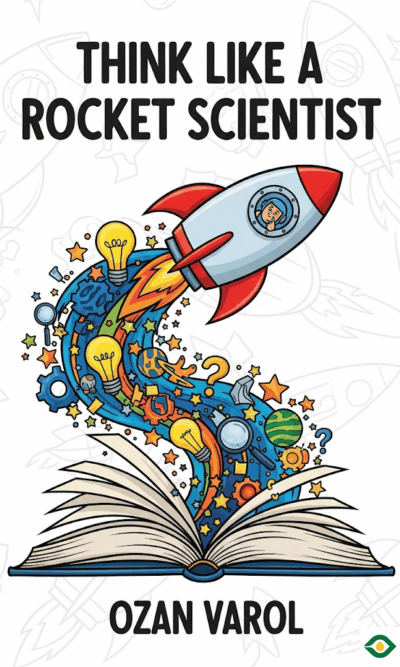Description
This book explains how productive people and organizations think and act. It argues that productivity is not about doing more tasks; it is about making better choices. When we choose with purpose, our energy rises. When we connect daily actions to bigger aims, our minds stop drifting and our effort becomes meaningful. The author shows that people feel more motivated when they have control, even in small ways. Picking which email to answer first or choosing how to start a hard task can spark momentum. Pair that sense of control with a clear “why,” and routine work can feel important again.
The book suggests building strong goals in two layers. First, choose a bold “stretch” goal that points your compass in an inspiring direction. Then break that ambition into small steps that are specific, measurable, achievable, realistic, and time-bound. This mix keeps imagination alive while making progress concrete. A huge target like “run a marathon” becomes a chain of tiny wins: run a mile this week, two miles next week, rest wisely, and track your laps. Each step you complete becomes proof that the larger vision is possible, which keeps motivation steady over time.
Focus is fragile, so the author gives a simple tool to protect it: mental models. Before you start a day, a meeting, or a project, pause and imagine the path ahead. Picture the first move, the middle checkpoints, and the finishing steps. Think through likely distractions and decide in advance how you will respond. This tiny rehearsal creates a story in your head. When reality gets noisy, the story pulls you back. If email or chat pings threaten your attention, schedule blocks for deep work and decide when you will check messages. If you expect a surprise request, plan a polite boundary or a quick version that does not swallow the whole afternoon.
Good choices depend on good attention. The book shows how expert pilots, nurses, and managers manage their attention by asking the right questions at the right moments. They look for weak signals, talk through what they see, and update their mental picture together. You can do the same alone or with a partner: Say out loud what you think is happening, what could go wrong, and what you will watch next. This habit keeps you from sliding into autopilot. It trains your brain to notice important details and to recover quickly when plans change.
Teams thrive when people feel safe to speak and safe to be human. Research highlighted here finds that “psychological safety” is the key ingredient of high-performing groups. On the best teams, everyone talks and everyone listens. People admit mistakes without fear, raise unusual ideas, and ask for help early. Leaders set the tone by inviting opinions, rotating speaking time, and responding with curiosity instead of blame. A simple practice is to start meetings with short check-ins, ask quieter members for views, and reflect back what you heard before debating. When people feel respected, they share information sooner, creativity rises, and problems shrink before they become crises.
Culture matters as much as strategy. The book describes a “commitment culture,” where companies hire for fit and shared purpose, not just résumé lines. In such places, trust runs deep, and people manage themselves toward clear goals. Because specialists can act with confidence, layers of middle management can be lean. This does not mean lower standards. It means the standards are held by everyone, every day. New hires learn not only what to do but why it matters. When the mission is vivid and values are lived, people stay longer, learn faster, and ship better work.
Creativity in this view is not magic; it is smart recombination. The most original ideas often mix familiar pieces in fresh ways. Studies of influential papers show that most of their content came from known ideas, but arranged in surprising combinations. You can practice this by collecting examples from different fields and asking, “What if I pair this with that?” Blend a lesson from sports with a lesson from software design. Borrow a method from medicine and test it in marketing. Keep a “parts bin” of quotes, diagrams, and processes. When you face a problem, rummage through the bin and try odd pairings. Many will fail. A few will click and feel strangely new.
Emotions also guide good work when we respect them. Feelings tell us what matters. When a story or plan makes you feel something real—warmth, fear, pride—that signal is useful. The book shares how creators explore personal memories to find honest details, then build them into their work. You can apply this even in technical projects. Ask, “What outcome here would make me proud?” or “What frustration do I want to remove for users?” Those questions keep you aligned with human needs. They also help you spot when an idea looks smart on paper but feels flat in life.
Learning sticks when we explain what we learned. Teaching forces structure. Writing a short note or speaking an idea aloud makes your brain link concepts together. The book encourages you to debrief yourself after reading, training, or a project milestone. What did I try? What worked? What will I change next time? Save these notes in a simple system you trust. Over months, those small reflections compound into expertise. They also make reviews and performance talks much easier, because your progress is visible.
The author also examines decision-making under uncertainty. Productive people do not chase perfect certainty. They make a best guess, test quickly, and adjust. One useful habit is to assign rough probabilities to outcomes: “There is a 60% chance this path works; if not, here is my Plan B.” Saying numbers out loud reduces wishful thinking. It also makes it easier to pivot without shame. You were ready for learning, not pretending to be right. In complex situations, build a simple scoreboard: two or three indicators that tell you if the plan is on track. Review them on a set rhythm and decide whether to push, pause, or change course.
The book ends where it began: productivity is a choice you can practice. Choose to connect tasks to meaning. Choose stretch aims, then carve them into steps. Choose to rehearse your day so surprises do less damage. Choose team habits that make people feel safe and curious. Choose a culture that balances freedom with responsibility. Choose to recombine ideas and to listen to your feelings. Choose to reflect, teach, and iterate. None of these steps is flashy. Together, they change how you experience work and life: less drift, more direction; less busyness, more results.
Here are some practical moves you can start today. Rewrite one nagging task with a purpose line at the top: “Doing this moves me closer to X.” Turn one large goal into a small, time-bound step you can finish this week, and schedule it on your calendar. Before your next focused block, sketch a five-line story of how the time will go, including one likely distraction and your response. In your next meeting, invite the quietest person to speak first and thank them specifically. Once a week, combine two ideas from different fields and brainstorm three uses. End Friday by writing three sentences: what you learned, what surprised you, and what you will try next.
Taken together, these habits make you smarter about where you aim your attention, faster at turning plans into action, and better at working with others. The promise of the book is not that you will never stumble, but that you will stumble forward with purpose. When you practice choice, clarity, and care, you create a life where progress becomes normal and meaningful results show up more often. That is real productivity: doing the right things, on purpose, and helping others do the same.

